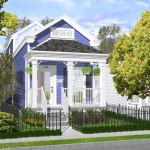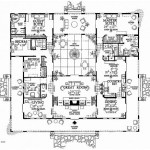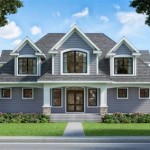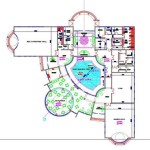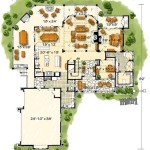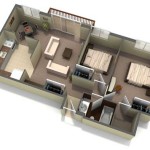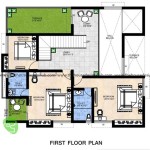Essential Aspects of 18th Century English Manor House Plans
English manor houses, built during the 18th century, were grand residences that reflected the wealth and status of their owners. These magnificent homes were designed with meticulous attention to detail, incorporating both functional and aesthetic considerations. Here are the essential aspects that defined 18th-century English manor house plans:
Grand Scale and Symmetry
Manor houses were typically large, symmetrical buildings with imposing facades. The main entrance, often flanked by columns or pilasters, led into a central hallway that divided the house into two wings. The symmetrical plan created a sense of balance and formality.
Central Block and Wings
The core of a manor house was the central block, which housed the principal rooms such as the Great Hall, dining room, and drawing room. The wings, projecting perpendicularly from the central block, accommodated bedrooms, service areas, and other ancillary spaces.
Palladian Influence
The influence of Italian architect Andrea Palladio was evident in many 18th-century English manor houses. The Palladian style emphasized symmetry, classical motifs, and a focus on horizontal lines. The wings of the house were often designed as pavilions, giving the exterior a graceful and balanced appearance.
Service Areas and Courtyards
Behind the main building, manor houses had extensive service areas, including kitchens, pantries, stables, and carriage houses. These spaces were often grouped around a courtyard, providing easy access to the main house.
Formal Gardens and Landscapes
Manor houses were surrounded by landscaped gardens and parklands that complemented the architecture. Formal gardens, designed in the French or Italian style, featured terraces, parterres, and fountains. The surrounding parkland was often carefully planned to create vistas and picturesque views.
Materials and Craftsmanship
Manor houses were constructed using high-quality materials such as brick, stone, and slate. Craftsmen paid meticulous attention to details, from the intricate moldings to the carved fireplaces. The interiors were often decorated with fine plasterwork, paneling, and painted ceilings.
Social Hierarchy
The plans of manor houses reflected the social hierarchy of the time. The principal rooms, such as the Great Hall, were reserved for the owner and his guests, while the servants had their quarters in the wings or the service areas.
Legacy and Influence
18th-century English manor house plans have had a lasting impact on architecture. Their symmetrical layout, Palladian influences, and integration with the surrounding landscape continue to inspire contemporary designs. These magnificent homes serve as a testament to the architectural ingenuity and the lifestyle of the landed gentry during that era.

English Mansion House Plans From The 1800s Floor Country Plan

75 British Mansions 18th Century Ideas Mansion Architecture Plan

Some Tips For Mapping Fictional Grand Houses Of The 18th Century Engine Oracles

75 British Mansions 18th Century Ideas Mansion Architecture Plan

18th Century English Palaces And Stately Homes From Vitruvius Britannicus Architecture Blueprints Architectural Floor Plans Vintage House

75 British Mansions 18th Century Ideas Mansion Architecture Plan

75 British Mansions 18th Century Ideas Mansion Architecture Plan

Plate 3 Ground And First Floor Plans British History

18th Century English Palaces And Stately Homes From Vitruvius Britannicus Architectural Floor Plans House London Townhouse

Design For A Country House With Wings Ground And Second Floor Plans Riba Pix

